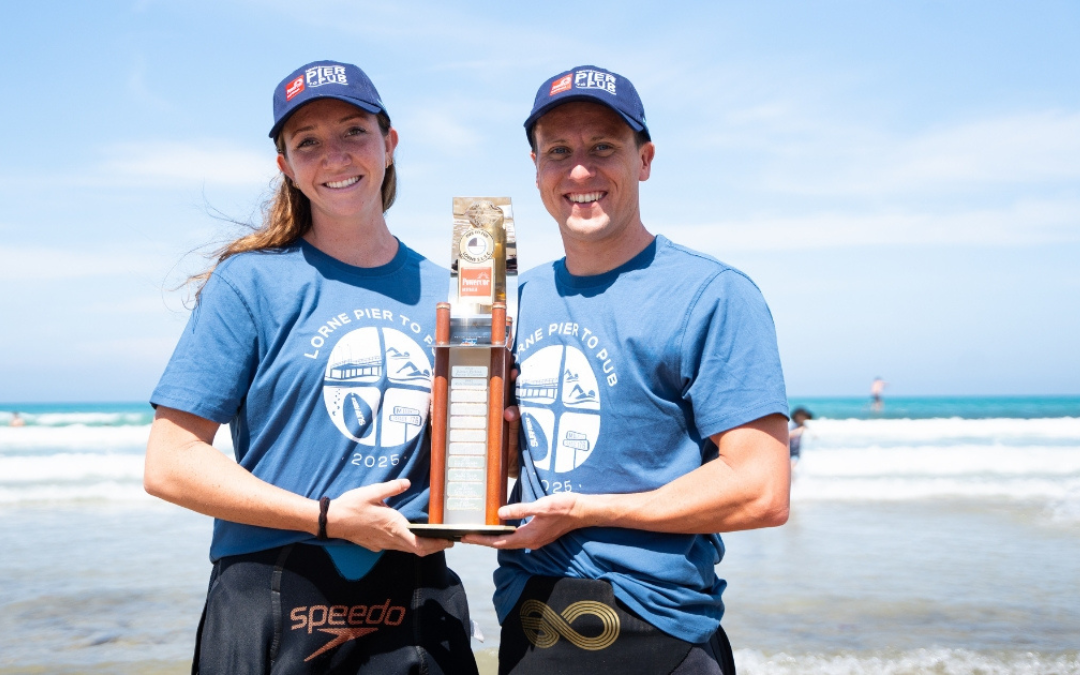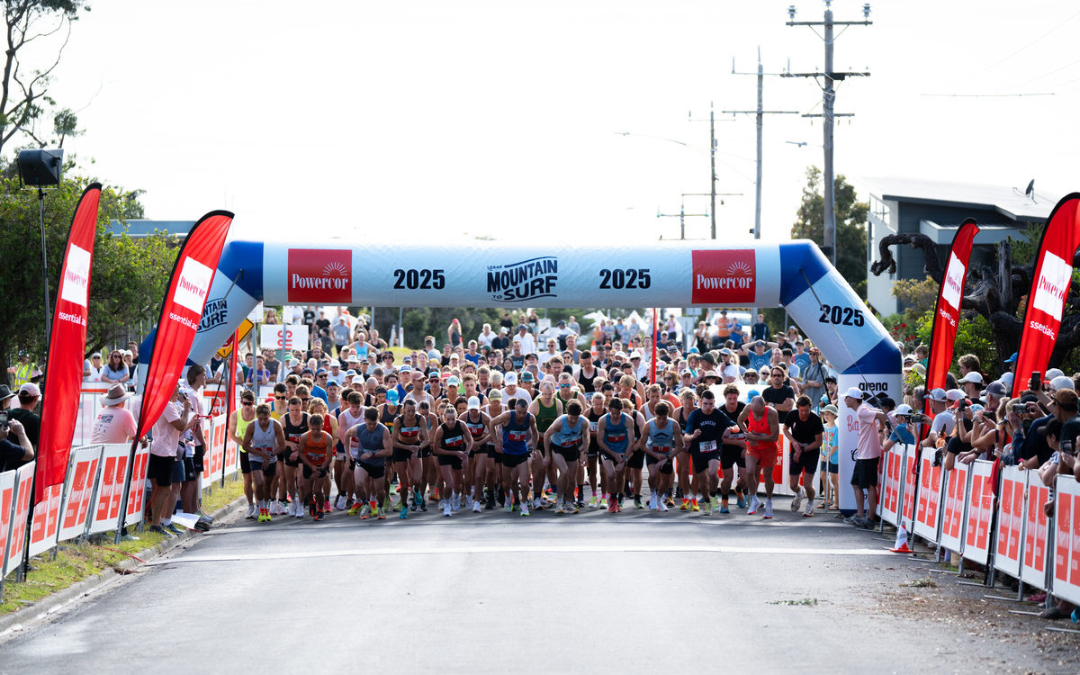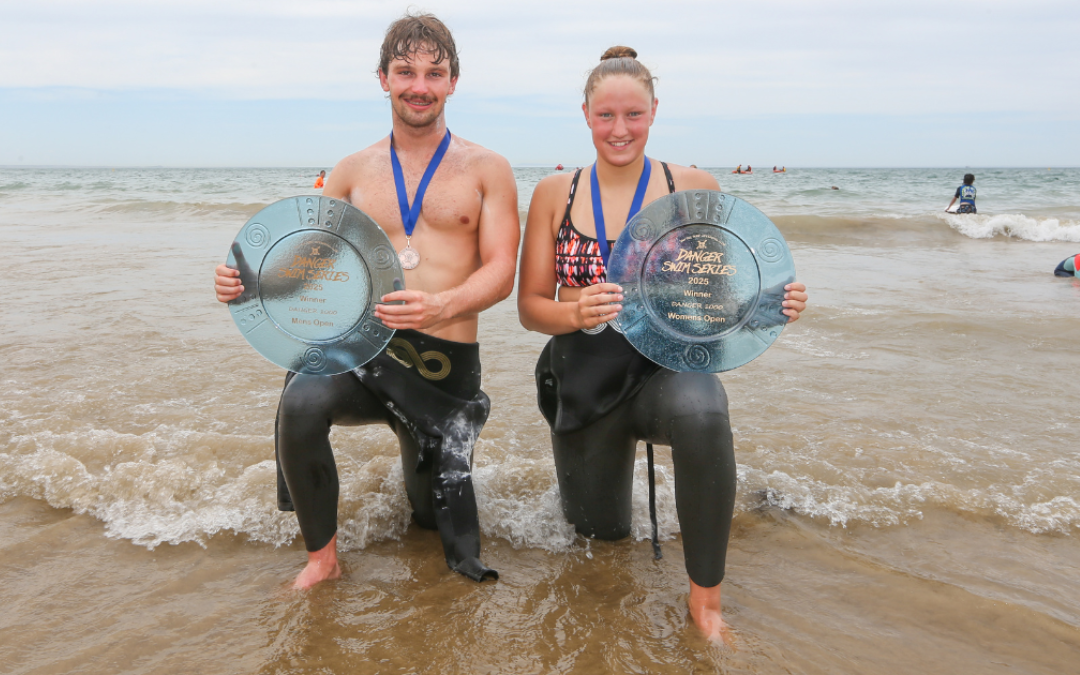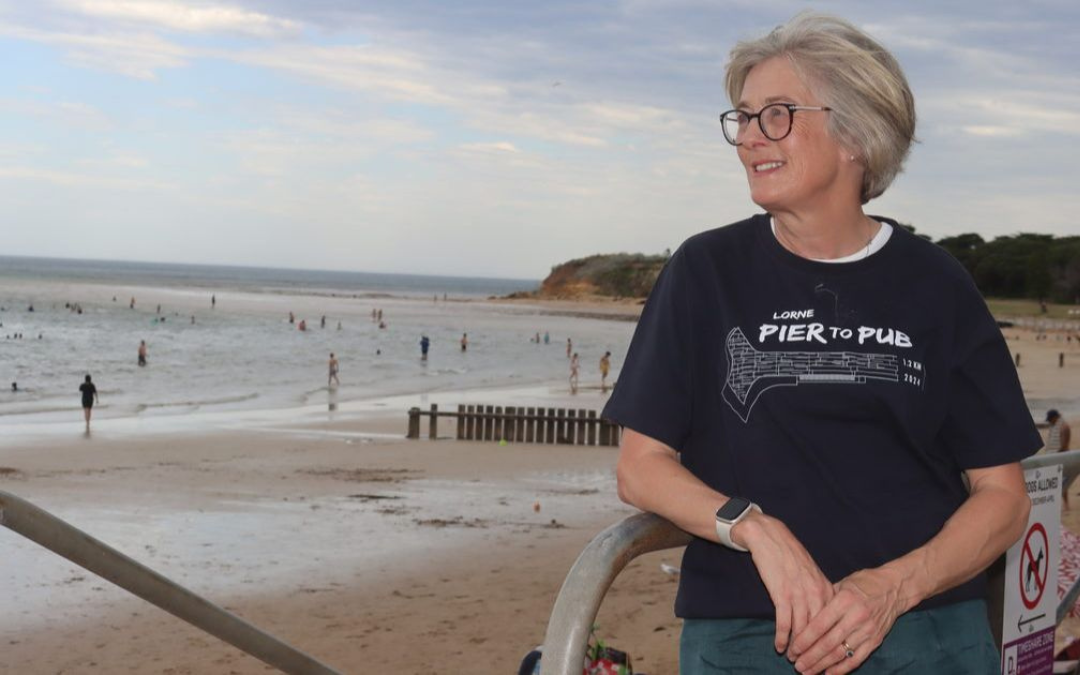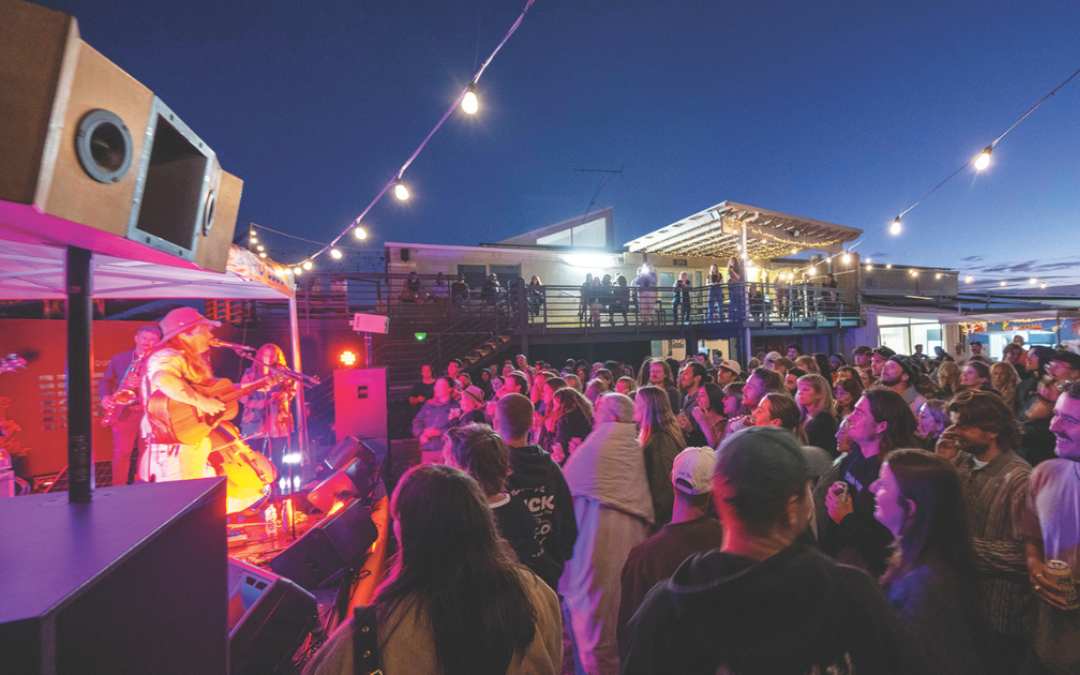July 24, 2023
AIDA plans second dark sky event
The Aireys Inlet and District Association (AIDA) will run a second dark sky event this year, following its successful debut in 2022.
The association has been promoting the benefits of preserving the night sky from light pollution for more than a year, and is seeking to have the town certified as a dark sky community by the International Dark Sky Association (IDSA).
Held in late September 2022, AIDA’s first dark sky event was attended by a sold-out crowd of 150 people, who observed planets and stars through telescopes.
Speakers included Judith Bailey, secretary of the Victorian chapter of IDSA; Gomeroi woman and astrophysicist Krystal de Napoli; and author and local resident Gregory Day.
Details are still being finalised for the second event, but it is proposed to be held on September 16 from 7.30pm, with a possible cost of $20 per adult and $40 for families.
In an update in AIDA’s latest newsletter, member Frieda Wachsmann wrote dark sky accreditation required a multi-faceted approach and needed to demonstrate support from the local residents and businesses, and support from the council in the form of a council-endorsed lighting policy.
“AIDA recently wrote to our local councillors Libby Stapleton and Mike Bodsworth to gauge their support.
“Both have expressed their in-principle support, but in order to proceed there needs to be support from other councillors and council officers.
“AIDA has requested a response from council within the next three months.”
She said a lighting policy was one of the most important aspects of the accreditation.
“The lighting policy AIDA is campaigning for is aimed at benefiting the whole community.
“The proposed lighting policy will request that council adopt outdoor lighting practices that minimise artificial light at night (ALAN) while at the same time providing security and safety for residents.”
The policy would cover public lighting, street and recreational lighting, commercial lighting, and residential lighting.
It would aim to reduce the effect of light pollution on wildlife and energy use.
Ms Wachsmann said Aireys Inlet was fortunate to have one of the darkest night skies so close to Melbourne.
“By seeking accreditation, AIDA is hoping to preserve this night sky for future generations."
“Aireys is home to several endangered small mammalian species, and like all life on earth, these species are dependent on the daily cycle of light and dark for sleep, feeding, reproduction and protection from predators.
“In the delicate complexity of our ecosystem, the disruption of our day and night can have the most profound and devastating consequences.”
She said IDSA estimated 30 per cent of all outdoor lighting in the US was wasted.
“By monitoring lighting through a council endorsed lighting policy it is possible to save energy and ratepayers’ funds.
“Lastly, the night sky has inspired us and guided us throughout human history.”
Read Surf Coast Times story here.
Image: The Victorian chapter of the Interational Dark Sky Association is supportive of Aireys Inlet’s attemps to become an accredited dark sky community. Photo: FACEBOOK/IDSA VICTORIA INC .AUSTRALIA

